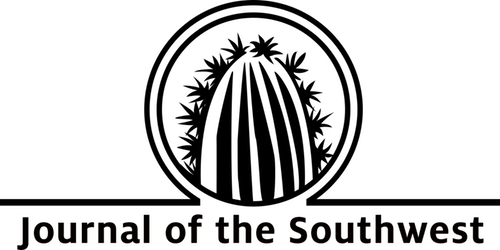From the Archive / Southwest Center Researchers / Rebecca Crocker
Healing, sickness, and disease formed the backdrop of Spanish colonization of the Americas, a process that unleashed such rapid decimation of Native populations that it is recognized as one of the greatest demographic collapses in the history of humankind (Cook and Lovell 1991). Illness and death were so pervasive in the daily experiences of regional peoples following initial Spanish contact in 1492 that Reff (1991) has noted the entire process of colonization should be understood to have taken place in a “disease environment.” As such, scholars have extensively examined the demographic demise and the important role played by such extreme loss of life in Spain’s rapid political and military victories throughout the region. As with most historical treatises, however, the story generally relayed is that of the core regions—in this case, the colonial capitals of Mexico City, Puebla, Santiago de Guatemala, and Lima—populated by highly organized and hierarchical societies with developed medical and apothecary systems, while a dearth of knowledge exists regarding the experience of health on the remote colonial outposts.
This is certainly the case for the colonial province of Sonora, an isolated and sparsely populated region along the northwestern Spanish American frontier. This article examines historical, ethnographic, and archival records to portray how medicine and healing were constructed in this frontier region during the Jesuit period (1617–1767), and the influence of Jesuit philosophy and practice on local medicinal practice. Chambers and Gillespie (2000:228) argue that a geographic region can constitute a “scientific locality” when there exists “a local frame of reference in which we may usefully examine the role of knowledge construction and inculcation.” I maintain that colonial Sonora during the Jesuit period constitutes its own scientific, and specifically medical, locality due to three primary factors: (1) the influence and healing perspective of the erudite and scientifically minded Jesuit missionaries, (2) the area’s geographical isolation, and (3) the biopharmaceutical composition of the arid northwest. The available historical record reveals that these three factors interacted to necessitate and encourage the continued use of regional healing substances and practices in concert with imported modalities. Due to the dearth of medical informants from the era, much of the information in this article comes from the broader region of Sonora rather than O’odham territories specifically. Nonetheless, the regional experience of fusing medical techniques and theories is applicable to the O’odham, and the second section of this article will employ a modern ethnographic resource (Bahr et al. 1974) to focus the discussion more specifically on what we can glean about the O’odham historical experience. If we take as true Porter’s (1985:192) statement that “health is the backbone of social history,” the hypothesis forwarded here is not just important in the realm of healing, but also in the field of regional processes of cultural change and continuity. […]

